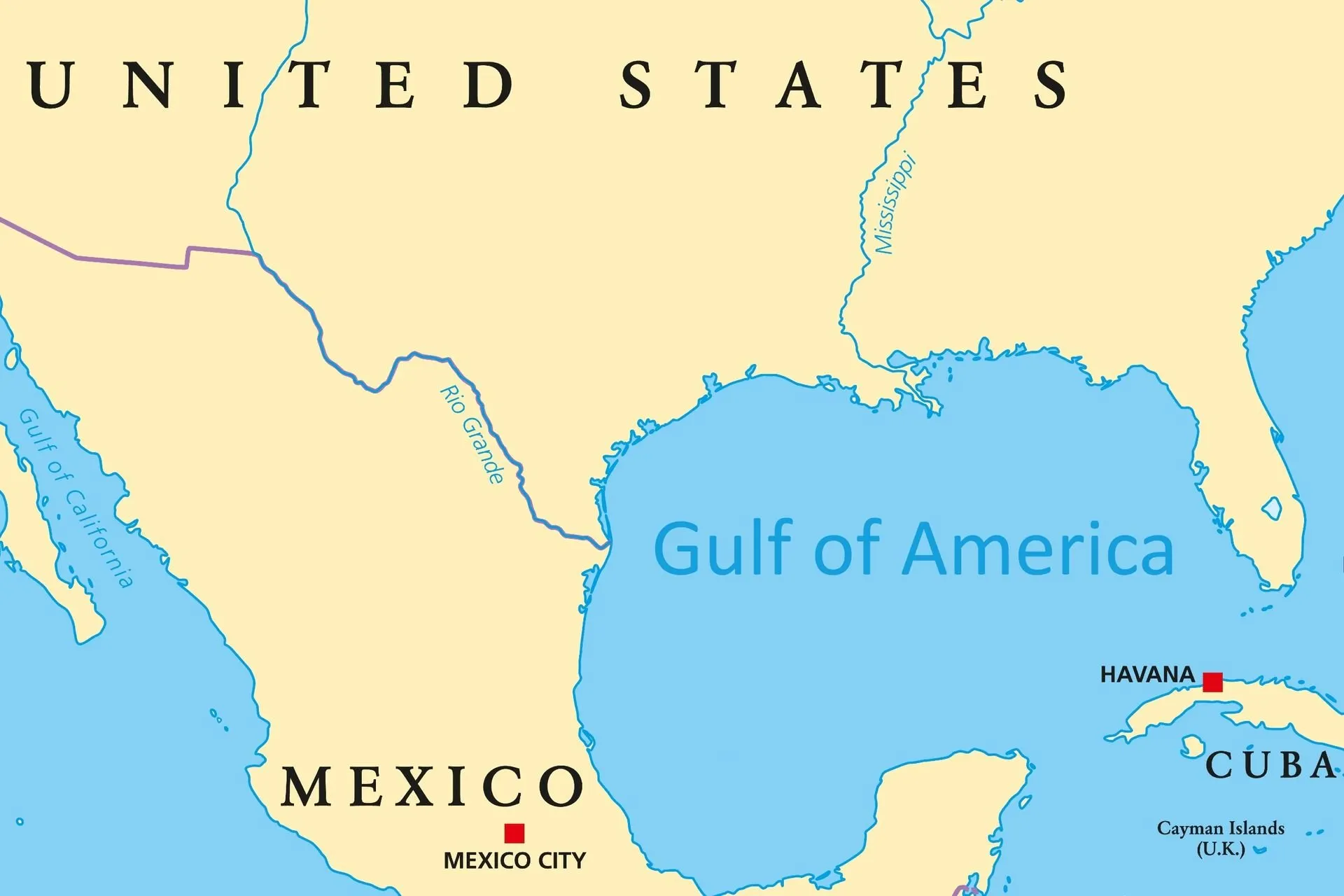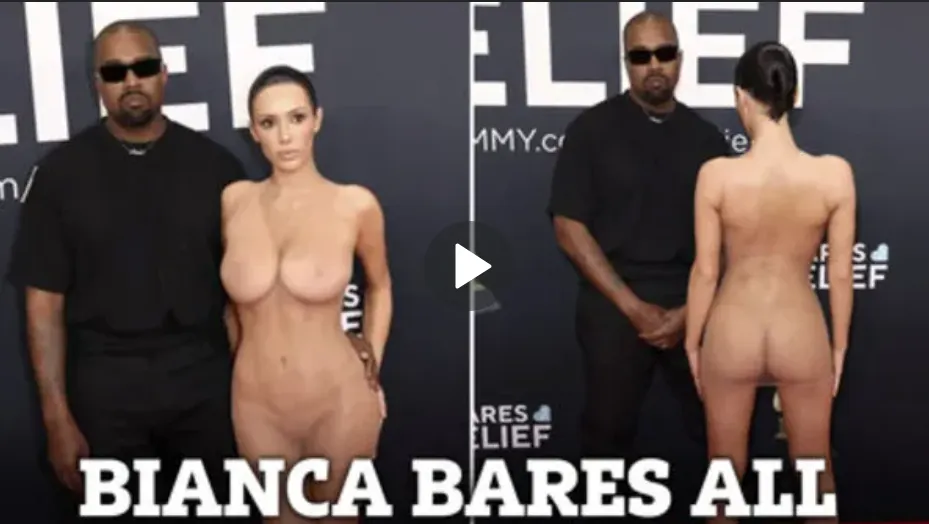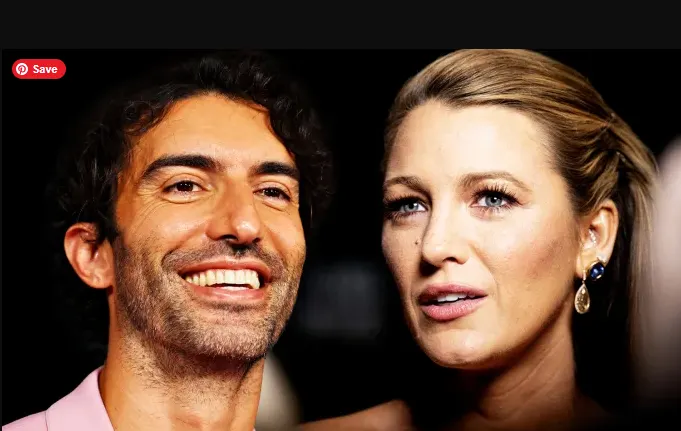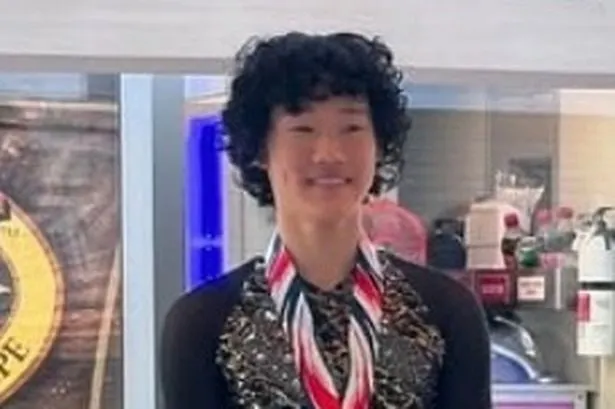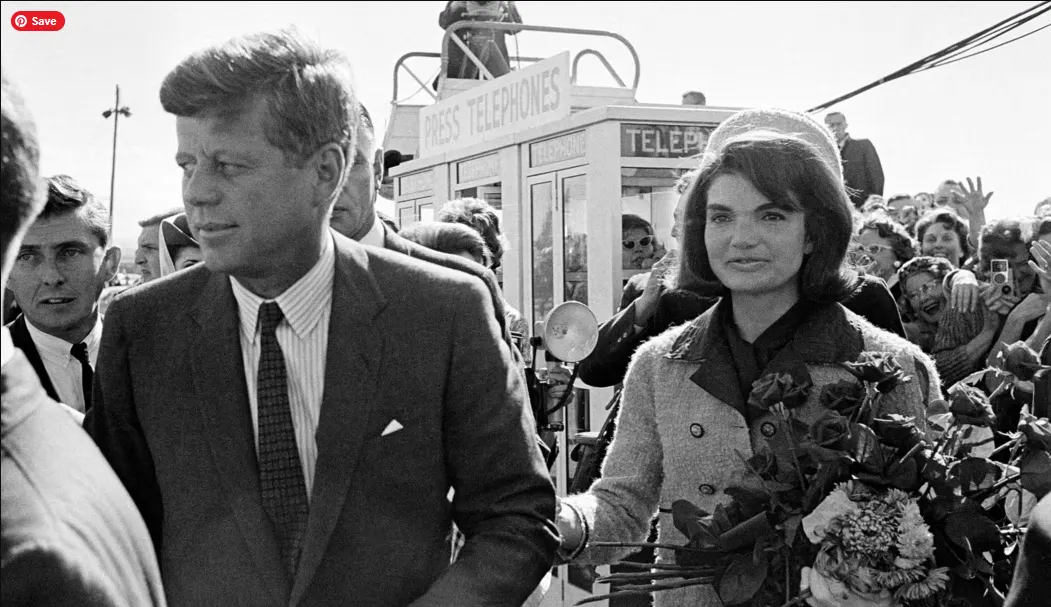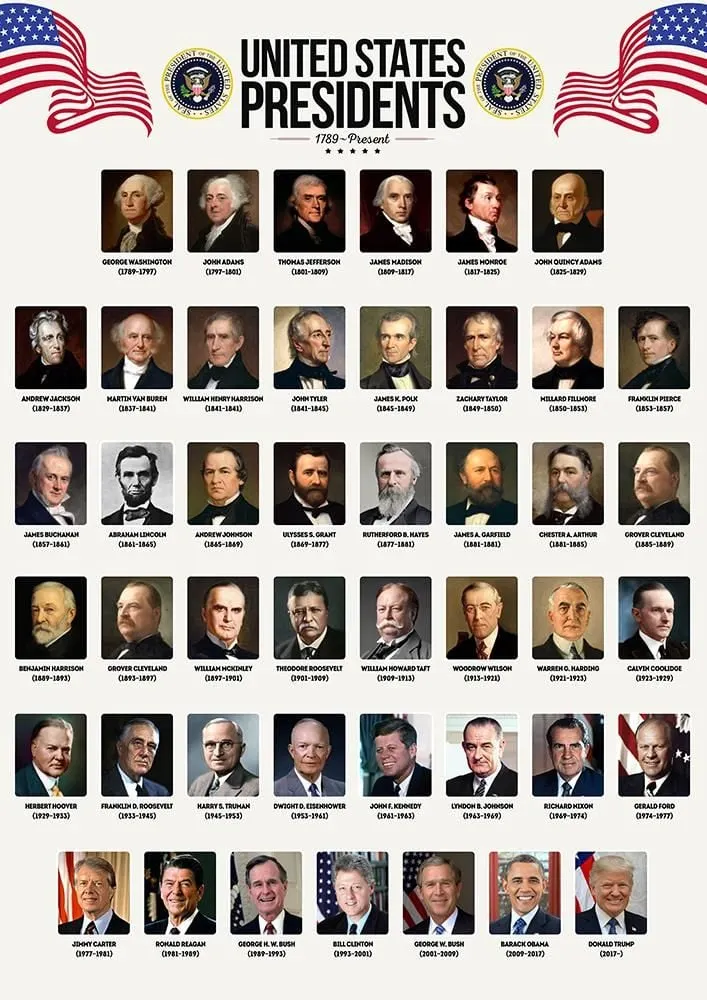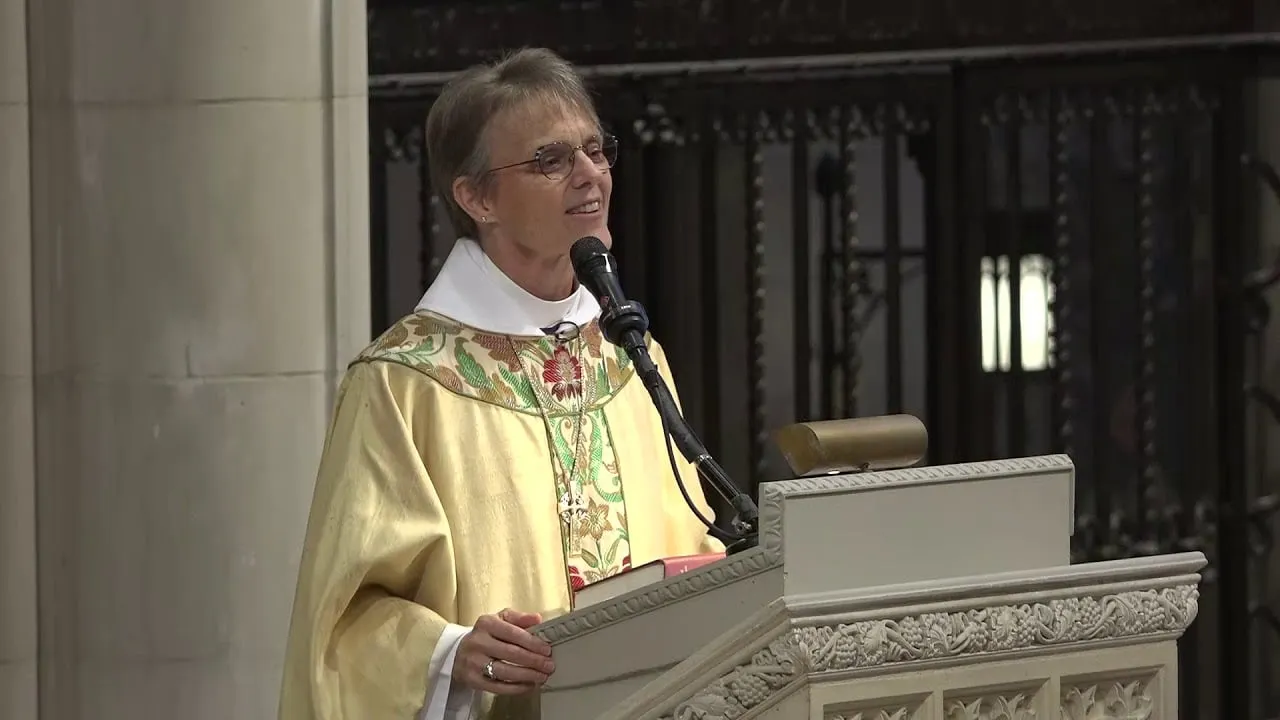Dawn Robinson: The Iconic Voice Behind En Vogue and Her Inspiring Journey Beyond the Spotlight
Introduction
Few voices in the history of R&B music carry as much iconic resonance as that of Dawn Robinson. Known as the powerhouse founding member of En Vogue, Robinson helped redefine the sound, style, and success of an era. Her journey—from the heights of chart-topping hits with En Vogue, through a brief yet successful stint with Lucy Pearl, to the challenges of a solo career and personal setbacks—exemplifies the volatile intersection of art, business, and personal resilience.
This comprehensive article explores her early beginnings, the formation and cultural impact of En Vogue, the reasons behind her departure, subsequent musical ventures, and the recent hardships that have caught the public eye.
With insights into industry data, real-life case examples, and a detailed analysis of the evolution of her career, readers will gain a thorough understanding of both the legacy and ongoing personal challenges of Dawn Robinson.

Early Life and Breakthrough
Dawn Robinson's Early Beginnings
Born on November 24, 1966, in New London, Connecticut, Dawn Robinson developed an early passion for music which soon set the stage for a lifetime in performance.
Growing up in an environment that embraced various musical genres, she quickly acquired the vocal prowess and stage presence that would later captivate millions. Robinson’s formative years were marked by her involvement in local choirs and community performances, where her natural talent began to emerge.
These experiences laid the foundation for her future career in R&B music, providing her with the stamina and resolve necessary to enter one of the most competitive music industries.
The Formation of En Vogue
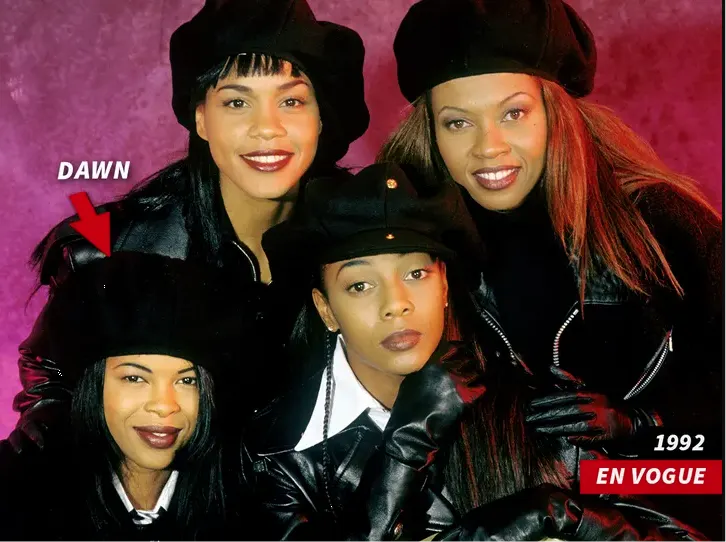
In 1989, producers Denzil Foster and Thomas McElroy embarked on a mission to create a modern girl group that was as intelligent as it was musically gifted. Their vision culminated in the formation of En Vogue, a group that assembled talented performers including Dawn Robinson, Cindy Herron, Terry Ellis, and Maxine Jones.
The meticulous selection process ensured that the members could each take lead roles—a quality that set the group apart from its contemporaries. Originally known as “4-U,” the group eventually rebranded as En Vogue, a name that would soon become synonymous with urban elegance and musical excellence.
Breakthrough Success with En Vogue
The group’s self-titled debut and follow-up albums redefined what a girl group could achieve. Their first album, Born to Sing (1990), featured the hit single "Hold On", which quickly ascended the charts, reaching No. 2 on the Billboard Hot 100 and earning a No. 1 position on the R&B charts. This breakthrough provided a springboard for the group’s future success.
Their follow-up album, Funky Divas (1992), was a cultural phenomenon; tracks like "My Lovin' (You're Never Gonna Get It)", "Free Your Mind", and "Giving Him Something He Can Feel" displayed the depth and range of Dawn Robinson's vocal ability. Critics praised not only the technical precision of the harmonies but also the emotional intensity that each song conveyed—a testament to Robinson’s talent and the group’s collective synergy. With platinum certifications and multiple awards, En Vogue quickly established itself as a mainstay in the music industry.
En Vogue's Cultural Legacy and Dawn Robinson's Impact
The Pinnacle of R&B: En Vogue's Signature Era
By the mid-1990s, En Vogue had solidified its place in music history. Their signature style—marked by impeccable harmonies, dynamic dance routines, and a blend of R&B, pop, and soulful expressions—influenced many later acts, from TLC to Destiny's Child. Together, the women of En Vogue exuded both glamour and strength, becoming role models for young artists across the globe.
The group’s success was not solely based on aesthetics; attributing a significant part of this legacy to Dawn Robinson's distinctive vocal delivery and performance energy is essential. Tracks like "Don't Let Go (Love)" (1996) became anthems, reaching international audiences and further galvanising the group’s reputation as innovators in urban music.
Industry Influence and Iconic Hits
The contributions of Dawn Robinson to En Vogue are embedded in each meticulously crafted hit. Beyond lending her voice to chart-topping singles, Robinson also helped shape the group's evolving sound with her dynamic interpretations.
Her vocal contributions in songs such as "Hold On" and "Free Your Mind" remain benchmarks in the history of R&B music. Through her compelling performances and intense emotional delivery, Robinson helped to set a standard for excellence within the genre.
Industry accolades soon followed, with En Vogue collecting awards from MTV, Billboard, and the Grammys, further underscoring the significance of their contributions to modern music.
External Recognition and Data-Driven Impact
Refined harmonies combined with robust sales figures solidified En Vogue's status as one of the era's most successful girl groups. Billboard ranked them among the top female groups of the 1990s—a period when digital interference was minimal and album sales spoke volumes. According to public data available on Wikipedia – En Vogue, the group sold over 40 million records globally, a remarkable figure that stands as evidence of their enduring appeal.
Each platinum album and every award ceremony added layers to their legacy, painting a picture of a group that was as effective at breaking industry norms as it was at setting new standards.
Departure from En Vogue and Subsequent Ventures
Reasons Behind Dawn Robinson's Departure
Despite the soaring success of En Vogue, internal dynamics and financial disagreements eventually led to significant changes. In 1997, at the zenith of their popularity, Dawn Robinson made the well-publicised decision to leave the group. The primary reasons cited for her departure were disputes over management practices and compensation.
Robinson revealed that, despite their multi-million-dollar record deals and international tours, members of En Vogue were alarmingly undercompensated—earning as little as two cents per record sold. This stark disparity pitted artistic ambition against the harsh realities of the music business and ultimately forced Robinson to choose between lucrative but unrewarding contractual conditions and pursuing greater creative and financial autonomy.
The Aftermath for En Vogue
The exit of Dawn Robinson precipitated a major shift in En Vogue's trajectory. The remaining members undertook the challenge of re-establishing themselves as a trio. Although the group justifiably struggled to replicate the dynamic energy and vocal chemistry that Robinson had contributed, they managed to continue producing charting singles and maintaining a loyal fan base.
However, the shadow of Robinson’s departure has often been cited in analyses of the group’s subsequent work, serving as a cautionary tale about the complexities of internal group dynamics and the importance of equitable financial agreements.
The Formation of Lucy Pearl
Not long after leaving En Vogue, Robinson sought new musical horizons by joining the neo-soul supergroup Lucy Pearl in 1999. This group, formed alongside industry heavyweights Raphael Saadiq and Ali Shaheed Muhammad, brought a fresh, innovative sound to an already vibrant musical landscape. Lucy Pearl’s self-titled album, released in 2000, was met with both critical acclaim and commercial success.
Songs like "Dance Tonight" quickly became synonymous with modern R&B music, blending smooth grooves with fresh lyrical styles. Although internal conflicts, reminiscent of those that led to her exit from En Vogue, resulted in Robinson’s eventual departure from Lucy Pearl, the brief involvement reinforced her reputation as a transformative force in urban music.
Launching a Solo Career

Determined to channel her creative vision independently, Dawn Robinson embarked on a solo career following her departure from both En Vogue and Lucy Pearl. In 2002, she released her debut solo album, titled Dawn. The album featured standout tracks such as "Envious", which, while not reaching the commercial heights of her earlier hits, demonstrated her willingness to experiment with new sounds and lyrical themes.
Robinson’s solo efforts were characterised by a more introspective and experimental approach to R&B music that resonated deeply with those who appreciated authenticity and artistic risk-taking. Despite the modest commercial performance, her work received commendation from critics who recognised the evolution of her style.
Recent Developments and Personal Resilience
Financial Struggles and Life on the Road
In a candid and much-discussed revelation in March 2025, Dawn Robinson discussed the personal challenges that have marked the recent chapter of her life. In a heartfelt YouTube vlog titled Your New Life Is In the Scary, Robinson candidly disclosed that she has been living in her car for the past three years.
This personal disclosure highlighted the severe financial challenges that often lurk behind the glamour of fame. She attributed these struggles to a combination of poor management practices, ongoing contractual disputes, and the unpredictable nature of the music business—a stark reminder that even cultural icons are not immune to financial instability.
Public Reactions and Industry Support
Robinson’s revelation sparked a broad conversation among fans, fellow artists, and industry professionals. Many expressed concern for her well-being while simultaneously praising her candour in discussing the often-overlooked financial and emotional toll of the entertainment industry. The backlash against inequitable artist compensation practices was swift, with several industry advocates calling for comprehensive reforms.
Notable figures in music and entertainment took to social media to show support, using her story as a rallying point to bring attention to longstanding issues around fair pay and artist management. For additional perspectives on these management challenges, readers can refer to detailed discussions on MadameNoire and various industry reports.
Personal Growth and Future Prospects
Despite the obstacles, Dawn Robinson has also outlined her plans for personal growth and artistic rebirth. The challenges she has faced recently have become a governing force in how she views her career and personal identity. In numerous interviews and public statements, she has spoken about the importance of financial literacy, self-advocacy, and mental health support in an industry that can often exploit talent for profit.
Robinson is reportedly considering a comeback of sorts, one that would integrate her hard-earned life lessons with her undeniable musical prowess. Fans remain hopeful that her story will transition from one of hardship to a bright future characterized by new musical projects and advocacy for artist rights.
In-Depth Analysis and Data Insights
The Evolution of an Icon
Dawn Robinson's journey is a microcosm of the evolving music industry. Her trajectory—from the early days of grassroots performances to the dizzying heights of international stardom and then into a period of personal and professional re-evaluation—illustrates a narrative of continual adaptation and resilience.
Data from album sales, chart performances, and award ceremonies underscore the significant impact she and En Vogue have had on the music scene. For instance, the platinum success of Funky Divas attests to the broad appeal of the sound crafted by the group and the lasting influence of its music on subsequent generations of artists.
Statistical Evidence and Industry Trends
Over the course of her career, Robinson contributed to a body of work that has been documented in industry reports and scholarly analyses. Billboard archives often cite En Vogue as one of the most commercially successful girl groups of the 1990s, a status that is reflected in cumulative global sales exceeding 40 million records.
These figures, combined with critical accolades such as multiple Grammy nominations and MTV Video Music Awards, provide concrete evidence of her contribution to modern music. Such data not only reinforces Robinson’s legacy but also highlights the critical intersection between creative talent and economic realities in the entertainment industry.
Long-Term Cultural Implication
The story of Dawn Robinson and her tenure with En Vogue continues to serve as a case study in the music business. The struggles over compensation and management practices encountered by the group have prompted industry-wide discussions, leading to campaigns dedicated to ensuring fair treatment for all artists.
In analysing these trends, it becomes evident that Robinson’s experience is not an isolated incident but rather indicative of a broader systemic issue that affects many creative professionals. Her story has inspired a wave of calls for reform and transparency in artist contracts, contributing to an ongoing dialogue about the rights of performers in an increasingly commercialised industry.
Actionable Takeaways
For those looking to navigate the challenging landscape of the music industry, Dawn Robinson’s journey offers several actionable insights:
- Understanding Contracts:
- Artists must prioritise a thorough understanding of contract terms. Robinson’s experience underlines the importance of negotiating fair compensation and creative control. It is advisable for emerging artists to seek legal advice before signing agreements to protect their rights and future earnings.
- Financial Literacy:
- Financial instability is a recurring theme in the music industry. Aspiring musicians are encouraged to invest time in financial education and management to ensure long-term sustainability. Robinson’s challenges serve as a stark reminder of the need for sound fiscal strategies, regardless of immediate success.
- Advocacy for Fair Practices:
- The entrenched issues of under-compensation and exploitative management practices revealed in Robinson’s story have spurred broader industry reforms. Both artists and industry stakeholders are urged to advocate for transparent and equitable standards, ensuring that creative talent is rewarded appropriately.
- Embracing Resilience:
- Personal setbacks and professional challenges are part of every artist’s journey. Dawn Robinson’s career illustrates that resilience and the willingness to confront hardships can lead to new opportunities and personal growth. Her openness about living with financial instability may galvanise a support network among peers and inspire systemic changes in the industry.
- Diversifying Interests:
- Venturing into multiple projects—be it solo work, group collaborations, or participation in reality television—can help mitigate risks associated with a single revenue stream. Robinson’s varied career highlights the benefits of diversifying one’s artistic endeavours, spreading both influence and financial risk.
Conclusion
The legacy of Dawn Robinson is indelibly linked to the success and influence of En Vogue. From the formative years that saw the creation of timeless hits to the subsequent chapters marked by bold solo ventures and tumultuous shifts in personal circumstances, her story is one defined by excellence, struggle, and reinvention. Even as she navigates the challenges of living in financial constraints today, her artistic fingerprint and the discussions she has sparked regarding fair compensation and artist rights endure as important contributions to modern music.
As the music industry continues to evolve, Dawn Robinson’s journey serves as a beacon for upcoming artists and industry veterans alike. Her willingness to confront difficult truths—coupled with her pioneering role in R&B music—is a reminder that behind every celebrated success lies a story of perseverance, innovation, and the relentless pursuit of one's artistic vision.
The narrative of Dawn Robinson is not only a chronicle of past glories but also a call to action for systemic change within the industry. Her experiences highlight the need for financial security, comprehensive support systems, and transparency for artists operating in a highly competitive market. Future prospects for Robinson might include new musical projects, public advocacy for improved industry standards, or even a return to the limelight, enriched by life lessons and a broadened perspective.
Past Entertainment Trends
Additionally, explore these Entertainment links for more culturally relevant content:
• White Lotus Season 3 Episode 4 Recap
External Resources
For further reading and context on related topics, please refer to the following external resources:
• An in-depth biography and detailed career analysis of Dawn Robinson can be found on Wikipedia – Dawn Robinson.
• Details about the formation and enduring legacy of En Vogue are available on Wikipedia – En Vogue.
• For insights into the financial struggles and personal challenges faced by established artists, read industry analyses at MadameNoire.



